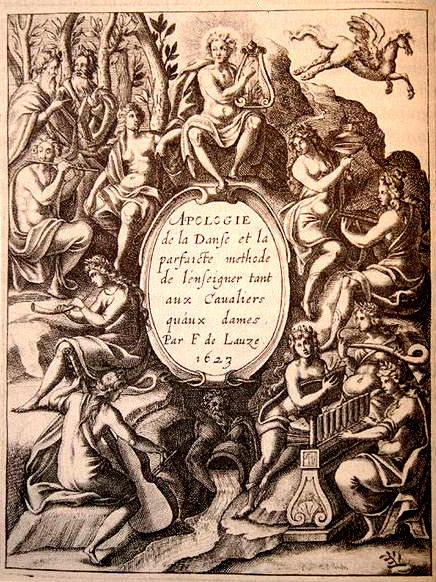William Hogarth explicitly positioned his aesthetic theory in opposition to those of his contemporaries.
He disagreed both with philosophical treatments that viewed beauty and taste in moral terms and with art treatises that relied on exemplification and lacked causal explanation; further, he attacked the mystification of the concept of grace in both approaches.
He argued that understanding beauty did not require initiation into a new body of knowledge: It simply involved exercising a natural reflective vision that finds pleasure in the forms of the human body and related designs and ornamentations.
It was natural, therefore, that—unlike other aestheticians of his time—he drew extensively on dance examples in his treatise The analysis of beauty: Dance, particularly in its use in deportment training, belonged to a sphere of relatively everyday polite culture, as opposed to the rarefied and mystifying culture of art appreciation. Anyone open to dance and deportment could learn how to appreciate them, just as anyone open to Hogarth’s theory could apply its illuminations to their everyday lives.
This according to “An aesthetics of performance: Dance in Hogarth’s Analysis of beauty” by Annie Richardson (Dance research: The journal of the Society for Dance Research XX/2 [winter 2002] 38–87; RILM Abstracts of Music Literature 2002-11454).
Above, an illustration of a country dance from Hogarth’s treatise (click to enlarge). Below, an English country dance that he might have seen—or participated in!






